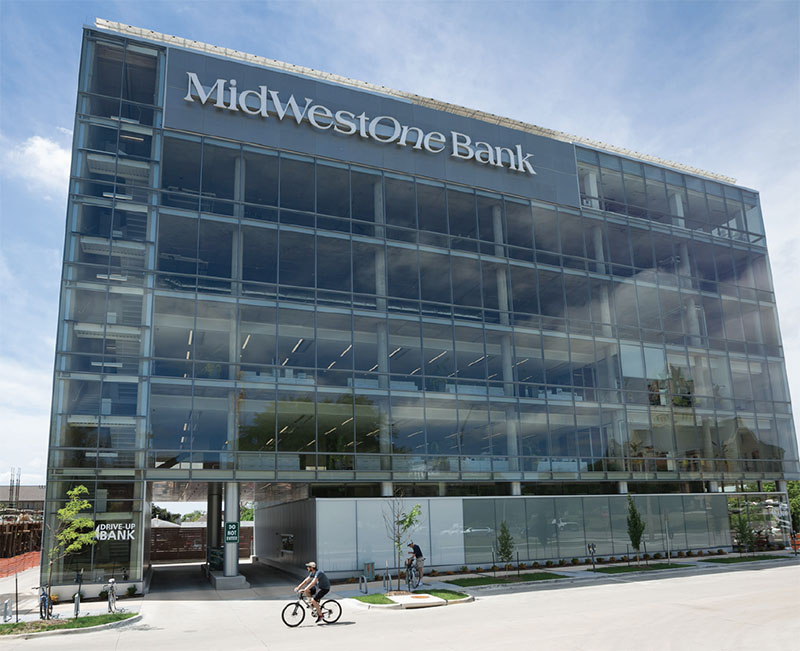By Greg Dardis / Guest Column
I received tremendous feedback on my last column about how to spring clean your office. Many Iowa professionals related and shared stories of tackling their own clutter.
Multiple friends whispered their appreciation for the tip about not letting their spouses see the give-away pile. Among couples, one is usually more sentimental than the other, and as professional organizer Marie Kondo notes in her bestselling book “The Life-Changing Magic of Tidying Up,” nostalgia is the enemy of order. (Don’t blame me; I’m just the messenger.)
As promised, I’m happy to present part two of my spring-cleaning series. This one comes directly from our wheelhouse at Dardis Communications, where we specialize in public speaking: how to de-clutter your communication. There are so many ways to be sparser and, as a result, far more effective in how you communicate. Here are five:
1. To begin, get rid of filler words and non-words. Fillers are the meaningless words and phrases we repeat out of habit such as “and” or “you know.” Non-words are sounds and stutters like “um.” We land on them again and again, like a bridge that holds us momentarily as we strive to select the next real words we will utter.
It takes training to remove filler words and non-words from your speech. At Dardis Communications, we record clients and let them watch themselves back. It’s an enlightening exercise. Sometimes we become deaf to non-words, not realizing how often we use them – until we watch ourselves on video and listen specifically for them.
The heightened awareness that comes from this training goes a long way. With practice and better pacing, you can successfully eradicate all those “ums.” You’ll sound cleaner and more professional.
2. Organize your thoughts according to a roadmap. Start with a clear purpose – a vital step that is all too often overlooked. From there, build from a six-step process: an introduction, an opportunity you are addressing, a solution you are recommending, benefits, evidence and a close. Your speech will follow a natural arc that is easy to process and remember.
3. Spare us the bloody details. We do not need to – or want to – hear the blow-by-blow account. We want the headlines backed by intelligent analysis and occasional anecdotes. There is no better way to show respect for your audience than by cutting the fat from a talk. A first draft often comes out twice as long as its final version. Consider this rule: 10 slides, 20 minutes, 30-point font.
Be disciplined about the details you share. If you feel yourself sliding into a back story, stop yourself and offer to go into more detail later. There’s nothing wrong with a smile and a lighthearted acknowledgement like, “There’s a longer story here I’d love to share if I had the time.” A good presentation is not the last time you will speak to that audience; it’s the first. It invites ongoing dialogue, sparking a new working relationship or renewing a pre-existing one. It impresses and intrigues.
4. Use visuals to your advantage. Effective images allow you to talk less while conveying more. Once you’ve completed the first draft of a speech, look it over for sections that could be replaced or shortened by a visual. Remember: 10-20-30!
5. Cut back on physical clutter. Swaying, restless hands and dancing feet can be wildly distracting. Gesture with purpose. Stand tall and move deliberately. Focus your eye contact. Conserve your energy – and, in the process, enable your audience to focus on your message.
You’ll experience a big impact when you de-clutter your communication in these five ways: removing filler words, cutting needless details, organizing your thoughts, using visuals and eliminating physical clutter. Happy spring cleaning!
Greg Dardis is the CEO of Dardis Communications, based in Coralville. For more information, visit www.dardiscommunications.com.







